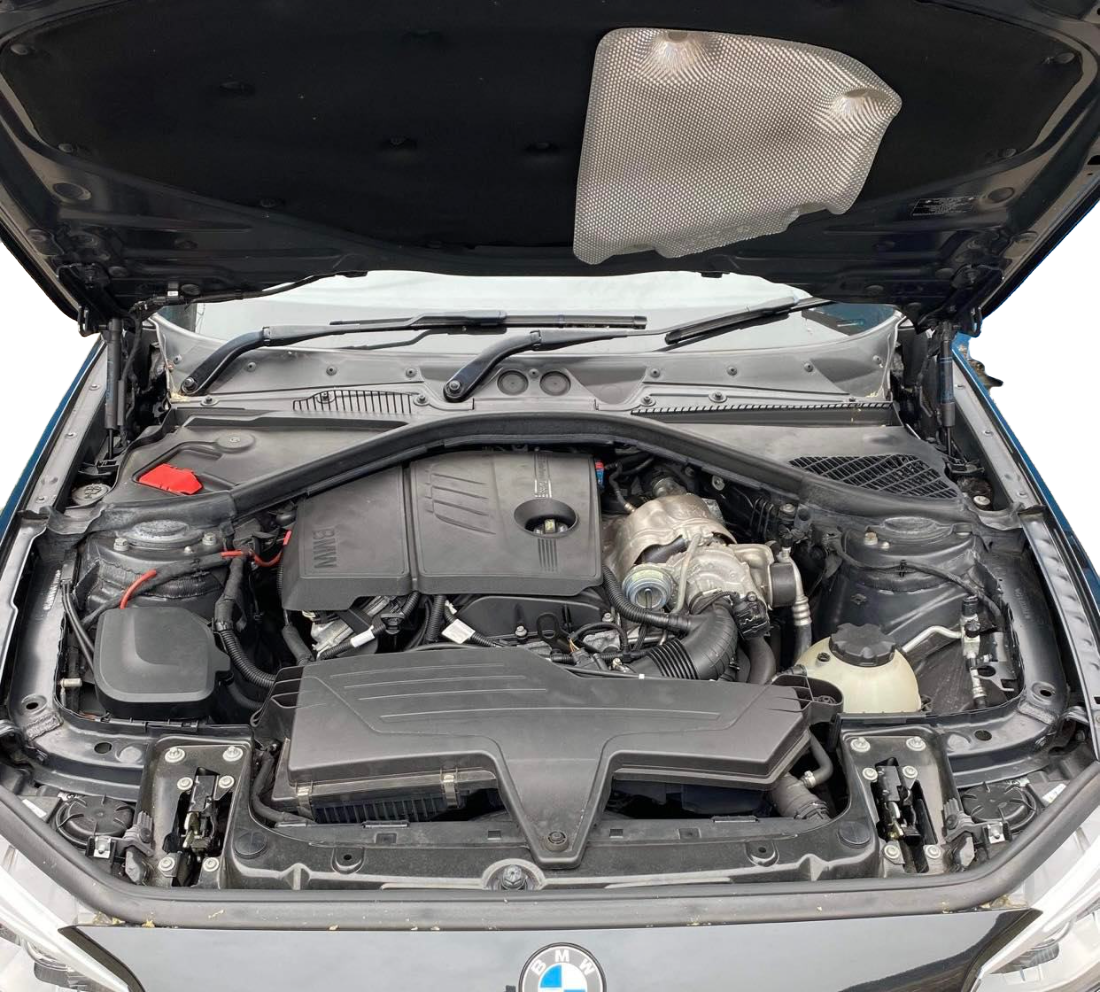The Pros and Cons of Using BMW N13 Engine for Daily Use and Performance Driving
Discovering the Performance and Specs of the BMW N13 Engine: A Comprehensive Guide
The BMW N13 engine, presented in 2011, represents a considerable development in automobile design, characterized by its turbocharged inline-four layout and advanced technology. What understandings can be obtained from a comprehensive analysis of this engine's applications and reliability?
Overview of the BMW N13 Engine
The BMW N13 engine, which debuted in 2011, is a turbocharged inline-four powertrain created to provide both efficiency and effectiveness. This engine belongs to BMW's modular engine family members and was primarily introduced in the BMW 1 Collection and 3 Collection models, among others. With a focus on density and weight decrease, the N13 engine integrates sophisticated engineering techniques that boost its total effectiveness.
The N13 engine utilizes a twin-scroll turbocharger, which optimizes airflow and decreases turbo lag, resulting in a responsive driving experience. Its direct fuel shot system further adds to enhanced gas economic situation and reduced emissions, lining up with contemporary ecological standards. The engine includes a robust light weight aluminum block and light weight aluminum DOHC cyndrical tube head, which advertises durability while also reducing weight.
Additionally, the N13 is made with an equilibrium of power and efficiency in mind, offering enough horse power for perky driving without compromising gas intake. This double emphasis makes it an attractive option for those seeking a vibrant driving experience together with functionality. In general, the BMW N13 engine represents an innovative blend of innovation and performance, establishing a standard in its class.
Trick Requirements and Functions
With a concentrate on performance and effectiveness, the BMW N13 engine boasts impressive specifications that highlight its engineering quality. This inline-four engine features a displacement of 1.6 liters and uses a turbocharger to boost power result while maintaining fuel effectiveness. The N13 engine is set up with a DOHC (Twin Overhead Camshaft) configuration and utilizes Valvetronic modern technology for variable shutoff timing, adding to optimum performance throughout different driving conditions.
Trick specifications consist of a maximum power output of about 136 horse power at 4,500 RPM and a peak torque of around 220 Nm available from 1,250 to 4,300 RPM. This engine is made with a lightweight light weight aluminum building and construction, making sure lowered weight and improved thermal effectiveness. Additionally, the N13 engine works with both fuel and bio-fuels, enabling adaptability in fuel choices.
The engine is paired with either a 7-speed dual-clutch or a 6-speed manual automated transmission, enabling smooth equipment changes and improving the total driving experience - BMW N13 Engine. With these key requirements and features, the BMW N13 engine exemplifies a mix of efficiency, efficiency, and modern-day design, making it a noteworthy selection in the automotive market
Efficiency Capacities and metrics

The N13 engine features BMW's Double Scroll turbocharging technology, which boosts throttle action and minimizes turbo lag, giving a smooth power shipment. Its advanced straight gas injection system maximizes combustion effectiveness, contributing to enhanced gas economic situation and lower exhausts, important for fulfilling contemporary ecological criteria.

Applications in BMW Versions

In the 1 Collection, the N13 engine supports designs such as the 114i and 116i, delivering perky velocity while maintaining extensive fuel economic climate. The engine's receptive turbocharging enhances the driving experience, making it suitable for city travelling and dynamic driving situations. In the 3 Collection, the N13 is used in the 316i variant, where it adds to a well-shaped performance profile that straightens with BMW's track record for sporty yet sensible automobiles.
Beyond these core versions, the N13 engine has additionally been featured in various MINI lorries, even more showing its versatility and efficiency. The assimilation of this engine across various platforms highlights BMW's dedication to development and efficiency, making sure that customers get a polished driving experience no matter version option. This convenience marks the N13 engine as a substantial component of BMW's design profile.
Upkeep and Dependability Insights
Making certain the durability and efficiency of the BMW N13 engine requires routine upkeep and attention to particular parts. Key areas that require regular evaluation consist of the oil and cooling down systems, as these directly influence engine performance and overall dependability. Engine oil must be changed at intervals suggested by BMW, typically every 10,000 to 15,000 kilometers, using top notch synthetic oils to guard against wear and deposits.
The N13 engine is also understood for its turbocharged configuration, which requires cautious surveillance of the turbocharger's health. Regular checks for boost look these up leaks and wastegate function can stop possible failings. In addition, the timing chain should be examined regularly, as it is understood to experience wear gradually, which can cause extreme engine damages otherwise resolved without delay.
Furthermore, electronic components and sensors should not be overlooked; routine diagnostics can help in identifying any issues before they escalate. Following a structured maintenance routine and utilizing OEM components for substitutes will dramatically enhance the engine's reliability, guaranteeing that it stays a robust performer throughout its life expectancy. Eventually, diligence in upkeep will certainly not just maintain performance but also lengthen the engine's functional life.
Final Thought
In verdict, the BMW N13 engine exhibits innovative engineering with its turbocharged inline-four setup, supplying a blend of power and effectiveness. Normal upkeep is important for maintaining the engine's performance and long life, ensuring it remains a competitive selection in the automobile market.
The BMW N13 engine, which debuted in 2011, is a turbocharged inline-four powertrain made to supply both efficiency and effectiveness.With a focus on efficiency company website and performance, the BMW N13 engine boasts outstanding requirements that highlight its design excellence.Structure upon the excellent requirements described, the efficiency metrics and capabilities of the BMW N13 engine better highlight its staminas in real-world applications. In general, the BMW N13 engine showcases an engaging mix of performance and effectiveness, making it a significant competitor in the compact engine sector.
Ensuring the longevity and efficiency of the BMW N13 engine requires regular maintenance and interest to certain parts.